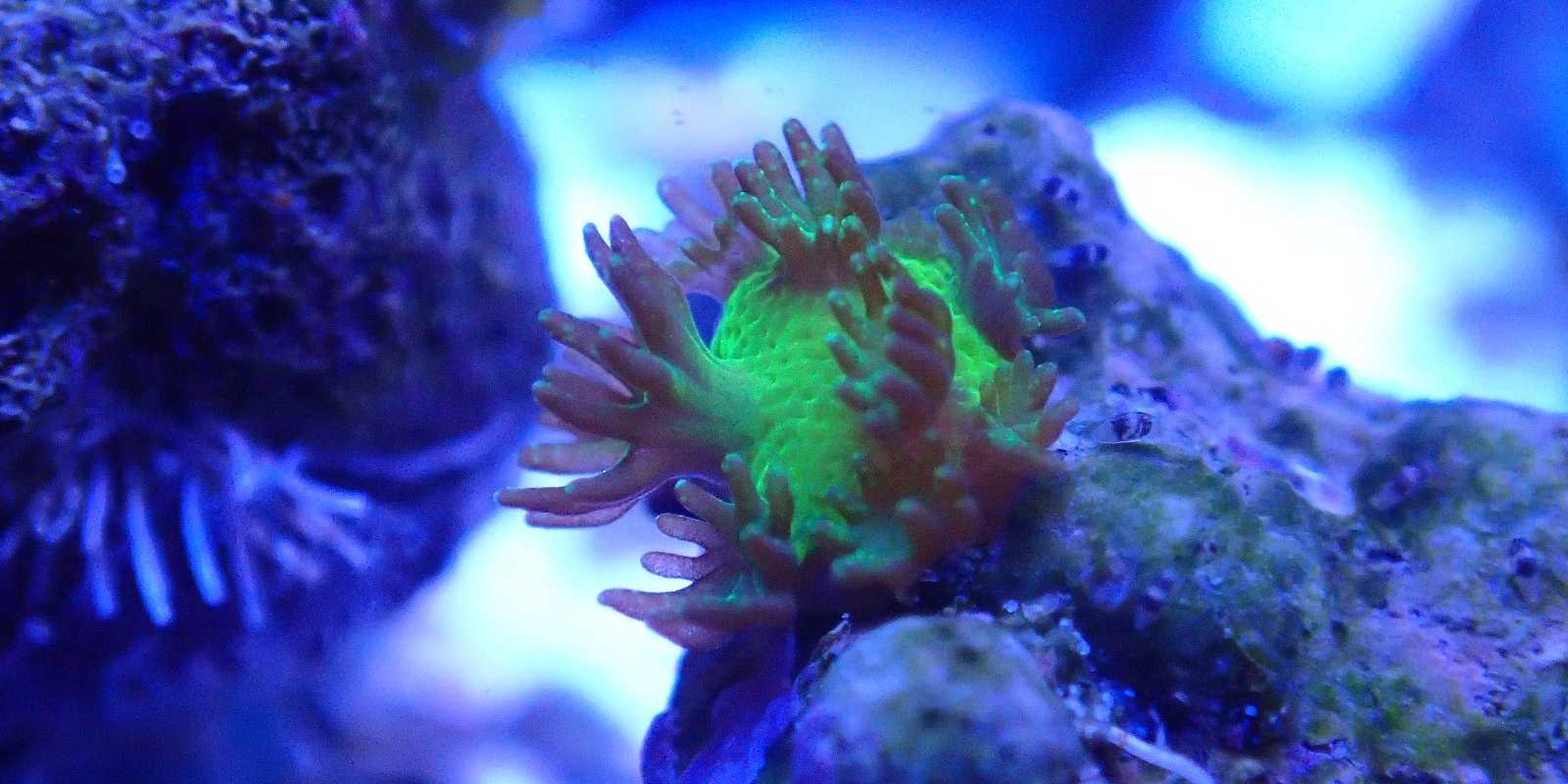First successful sexual reproduction of South Sea corals in Germany
At the lab aquarium facility of the ICBM research group Environmental Biochemistry, headed by Prof. Dr. Peter Schupp, Dr. Samuel Nietzer and Matthew Jackson recently were the first in raising sexually reproduced offspring of stony corals in Germany. This marks a crucial step in their efforts for research on the conservation of reef corals. As one might say, in an alembic the investigators managed to mimic the environmental conditions of Australian coral reefs, thus prompting the polyps to spawn almost parallel to their South Sea siblings, enabling the researchers to obtain sexually reproduced coral offspring in their lab tanks. Up to now, scientists all around the world succeeded only a few times in doing so.
Sun-flooded coral reefs – a vast diversity of shapes and stunning explosion of colours makes them places of longing, not only for scuba diving aficionados. Unfortunately, these unique marine areas are massively under threat. While coral reefs only cover about one-fivehundredth of the global ocean area, they harbour more than one-fourth of all marine animals. To many respects, their ecological significance is comparable to that of tropic rain forests. Their abundance of fish nourishes more than 100 million people globally. They are regarded as an unexplored treasury of new drugs such as new remedies against infectuous diseases or cancer. Moreover, they provide protection for thousands of kilometres of coastal zones, their reef structures functioning as breakwater. The Great Barrier Reef alone stretches for more than 2,300 kilometres along Australia’s eastern coast.
Global Climate Change
Rising temperatures and climbing sea levels as consequences of global climate change as well as escalating acidification and pollution put these ecosystems under increasing pressure. Consequently, they suffer from the so-called coral bleaching. Corresponding events have been observed more and more frequently in the past 30 years, in many cases just leaving behind white calcium carbonate skeletons. Accordingly, there are numerous efforts to protect and conserve coral reefs on a global scale.
Research
At the research group of Prof. Schupp, coral-reef forming organisms have been under investigation for many years. Being able to control sexual reproduction of reef corals in their lab was another important milestone in investigating these organisms. However, it required considerable effort. Last autumn already, the Wilhelmshaven lab aquarium facility was adapted to Australian climate: sunrise and sunset, lunar cycles, as well as water temperatures were thoroughly simulated. Thus, everything was prepared for the corals from Australia, which moved in into the aquaria in November 2020.
Apparently the corals met ideal conditions, spawning just in time at the expected date, about one week after December full moon. ‘We collected the gametes and fertilised the egg cells under laboratory conditions,‘ Samuel Nietzer says, and he adds: ‘After a phase of embryonic development we got the desired larvae which were successfully prompted to settle down.‘ By now, the offspring are several centimetres in size already.
Why Make the Effort?
To begin with, young corals are much more adaptable to changing conditions than their parent animals. Identifying factors that stimulate settlement and growth of corals is one particular objective of the researchers. Certain chemical compounds released by bacteria, for instance, are able to trigger the settlement of coral larvae. Moreover, the researchers are going to optimize the illumination, nutrient composition, and feeding methods in order to achieve rapid growth rates. Eventually, they want to address the question wether they could manage to gain even bigger coral colonies by fusing together smaller ones. On that basis, optimized rearing methods will be used for reef restoration work as well as in fish keeping in order to divert some pressure away from natural reefs.
